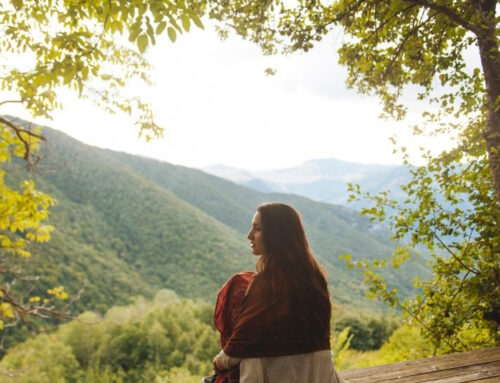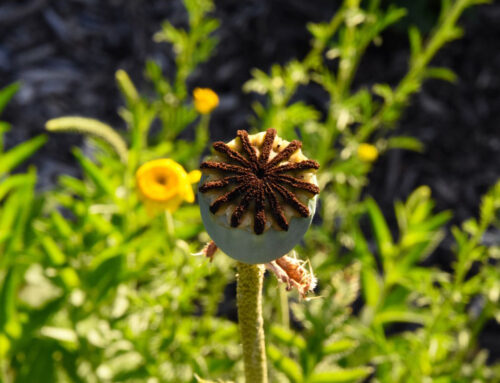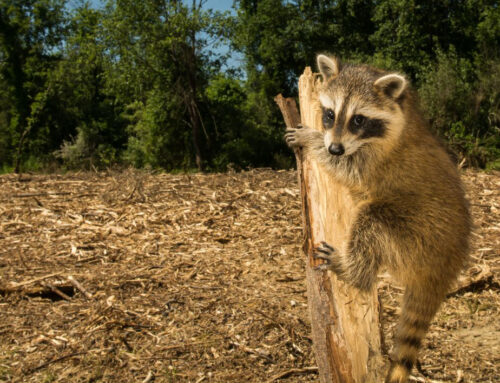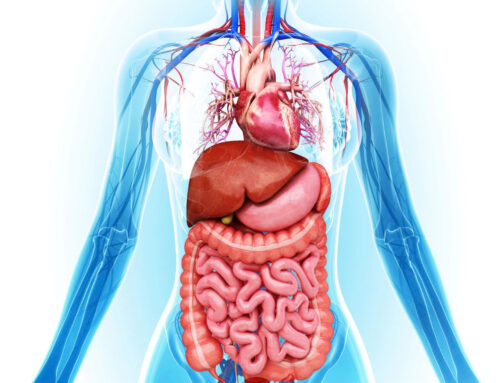Leaves come in different shapes primarily due to adaptation to their environment and the role they play in the plant’s life. Think leaves were boring and just “hang out?” Nope. They are hard at work nourishing and protecting the plant while also supporting the environment.
Photosynthesis Powerhouses: Leaves are the primary sites of photosynthesis in plants and trees, where they harness sunlight, carbon dioxide, and water to produce sugars and oxygen, which are essential for plant growth and survival.

Sunlight Capture and Water Conservation: Leaves in sunny environments often have broader surface areas to capture more sunlight for photosynthesis. This is why you see broad leaves on plants in sunny areas, like tropical rainforests. Conversely, in shaded environments, leaves may be thinner and more elongated to maximize light absorption.
In arid environments, plants may have small or needle-like leaves to reduce water loss through transpiration. This shape helps minimize the surface area exposed to the drying effects of the sun and wind.

Protection from herbivores: Some leaves have evolved shapes and structures that deter herbivores like rabbits and deer. For example, leaves with spines or tough, leathery textures can make them less palatable or harder to consume for animals.

Fall Color Spectacle: The vibrant colors of fall foliage are due to the breakdown of chlorophyll in leaves, which reveals pigments such as carotenoids (yellows and oranges) and anthocyanins (reds and purples).

Trichomes: Ever see hairy leaves? Some plants like dusty miller have tiny hair-like structures called trichomes, which can help reduce water loss, protect against herbivores, or reflect excess sunlight.

Stomata: Stomata are small pores found on the surface of leaves that regulate gas exchange, allowing carbon dioxide to enter for photosynthesis while releasing oxygen and water vapor. Stomata can open and close to regulate water loss and gas exchange.

Leaf Veins: Veins in leaves transport water, nutrients, and sugars throughout the plant. Take a moment to look at the veins in a leaf. The arrangement of the veins (parallel vs. net like) is a telltale characteristic of the way the plant reproduces.


Leaf Mimicry: Some plants have leaves that mimic the appearance of other objects or organisms to deter herbivores or attract pollinators. For example, the dead horse arum has leaves that resemble rotting meat to attract flies for pollination.

Leaf Longevity: Leaves vary in their lifespan, with some lasting only a few weeks (such as annual plants) and others lasting for several years (such as evergreen trees).

Next up: The Sex Life of Plants
Have a great weekend.








